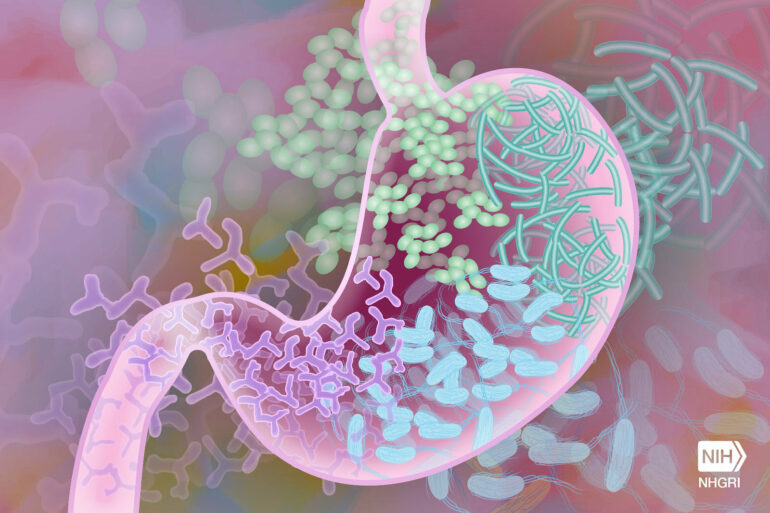When milliseconds can mean the difference between silver and gold, endurance athletes in sports like marathon running, cycling, rowing and swimming optimize every aspect of their physiology for a competitive edge.
Many of these efforts result in enhancing the performance of mitochondria, the tiny but mighty energy-generating powerhouses within your cells. Carefully calibrated doses of exercise combined with beneficial stress – altitude, cold and heat – and optimized recovery in the form of nutrition, meditation and sleep, positively affect the number and health of mitochondria in the cells of your muscles, heart and brain.
But there is another aspect of endurance training that may have largely been overlooked by athletes and trainers – the role of the gut microbiome in optimizing your mitochondrial health and fitness.
I am a physician-scientist and gastroenterologist who has studied how food affects the gut microbiome’s role in health and disease for over 20 years. While research evaluating food’s effects on the microbiome and mitochondria is improving our understanding of conditions like obesity, cancer, rheumatoid arthritis and Alzheimer’s disease, it might also help athletes achieve new levels of performance through innovative approaches to nutrition.
Of microbiomes and mitochondria
The gut microbiome, a hidden factory of highly collaborative microorganisms in your intestines, ensures that your metabolism, immune system and brain run smoothly. Some researchers liken it to another organ that senses nutritional inputs, manufactures signaling molecules and prepares your body to respond appropriately.
Research has shown that endurance athletes have different gut microbiomes compared with the general population. Their microbiome’s composition and function, like increased production of a short-chain fatty acid called butyrate, are associated with increased VO2 max, a fitness benchmark that measures your ability to consume oxygen during intense exercise. One organism in particular, Veillonella is found in some elite runners and may help raise lactate threshold, a fitness metric closely linked to mitochondrial function and how long an athlete is able to sustain intense effort.
Mitochondria are more than just the powerhouses of the cell.
A healthy microbiome communicates with the mitochondria, the tiny structures within your cells that convert calories into the raw cellular energy required for muscle contraction and other essential functions. It does this by transforming undigested food components of a healthy diet – like fiber, polyunsaturated fats and polyphenols – into molecules that increase the number and health of your mitochondria.
Some of these metabolites – butyrate, conjugated linoleic acid and urolithin A among them – have been shown to specifically improve muscle strength and endurance. Combining exercise with diets high in fiber,…



